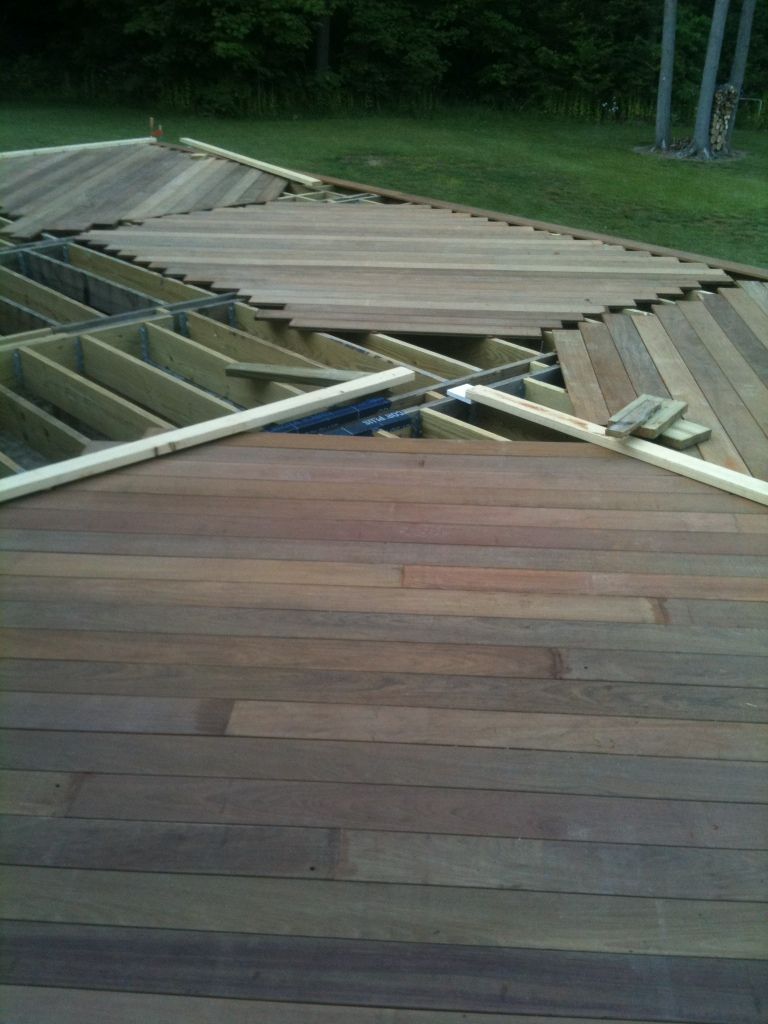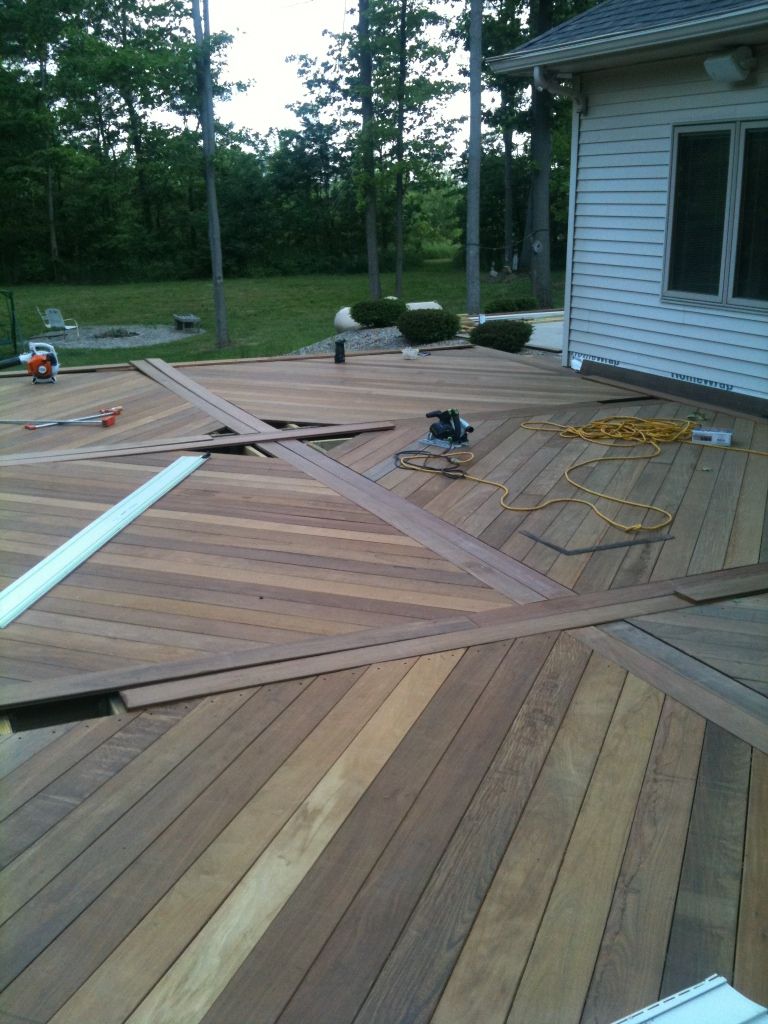Danny said:
Hello,
I'm looking at purchasing what many consider the central piece of equipment for any woodworker - a table saw. However, I would much prefer purchase a Festool plunge cut saw. Some people argue that with a plunge cut saw, you don't need a table saw.
Already having a miter saw, do you believe a plunge cut saw could fulfill all my table saw needs?
If I was to purchase a plunge cut saw, will I still need to invest in a (perhaps "cheaper") table saw for some cuts that the plunge cut saw and the miter saw just can't cover.
Any comment, suggestion, idea on this would be greatly appreciated.
Danny
Danny, the question of replacing a table saw with a Festool TS55 or TS75 is frequently discussed here on The FOG.
As others have said, it all depends on the tasks you need to preform with a saw and how much time you can afford performing those tasks.
My own experience has been that Festool TS55 are far more effective replacing conventional table saws when breaking down sheet material into precision glue-ready parts. For working with solid lumber, I use a table or sliding table saw. If I need to cut narrow strips from sheet material, and the sheet is small enough I can safely handle it by myself, I used to do that with a small table saw. Then Festool started selling the parallel guides with extensions and I reserved my small table saw for solid lumber.
Back in 2006 I had been without a large table saw with power feed, that I had used for breaking down sheet material for 36 years, for almost 10 years. I did still own a decent miter saw and the small Inca table saw. That day I bought my first TS55 I had gone to the dealership of a friend intending to buy a large sliding table saw, although I knew I did not have the space. My plan was to buy the large saw to force my decision to buy or rent a decent-size shop. Then my trusted dealer handed me a TS55 attached to a CT33 to run on a guide rail. The quality of the cuts was glue-ready and the CT33 collected most of the dust. All the space I needed as enough to walk around a stack of sheets. That allowed me space to assemble cases without moving the large saw. I kept the Inca for the solid lumber parts of cabinets and the miter saw for cross cuts of the solid lumber.
The money I saved on rent of a shop between early 2006 and 2010 was more than enough to be the down payment on my current shop building of 20,000 square feet, I own a CNC pressure beam saw, a large CNC Felder sliding table saw, a Stop Saw and I still use a TS55 on rails for parts I can produce more efficiently this way.
My work flow is top quality custom cabinets, so I need to use my cabinet makers efficiently. We all love using Festools. We really get satisfaction being at one with the material. But the reality is that to retain our quality and still be competitive, we must use the CNC equipment as much as possible when doing so makes sense. The sheet plywood parts of cabinet cases can be made as precisely with a beam saw as with a Festool on a guide rail, so long as all the corners are right angles. The cut quality is glue-ready as is the case with the Festool. The Felder slider certainly can make odd angles, bevels and miters. But when starting with a full sheet, in reality it takes two cabinet makers working as a well-rehearsed team to handle the sheet on the saw.
My experience is that one cabinet maker using a large protractor and guide rails can produce identical odd angle parts on a cutting table in less than twice the time as on the slider saw. So our slider saw can do what it does best, cutting solid hardwood. The TS55, with a CT22 and a generous selection of long rails and clamps costs about USA$2,500 and uses less than 2,000 watts max. My Felder Kappa 550 e-motion cost over USA$70,000 and in addition to its 15hp saw motor and 2hp scoring motor needs over 10hp of dust extraction. So you can see why I use it to do what it does best. Besides, all of us get a lick out of making precise sheet parts with the guide rails and TS55.
Oh yes, the CNC beam saw requires a dedicated 25' square hunk of floor space. Because we often must start out with solid lumber 14' long, the slider saw needs a dedicated 20' x 30' hunk of floor space. Our largest cutting table is only 4' x 18' and it can be rolled out of the way. Moving the big saws requires a team of machine riggers, fork lifts and electricians.


